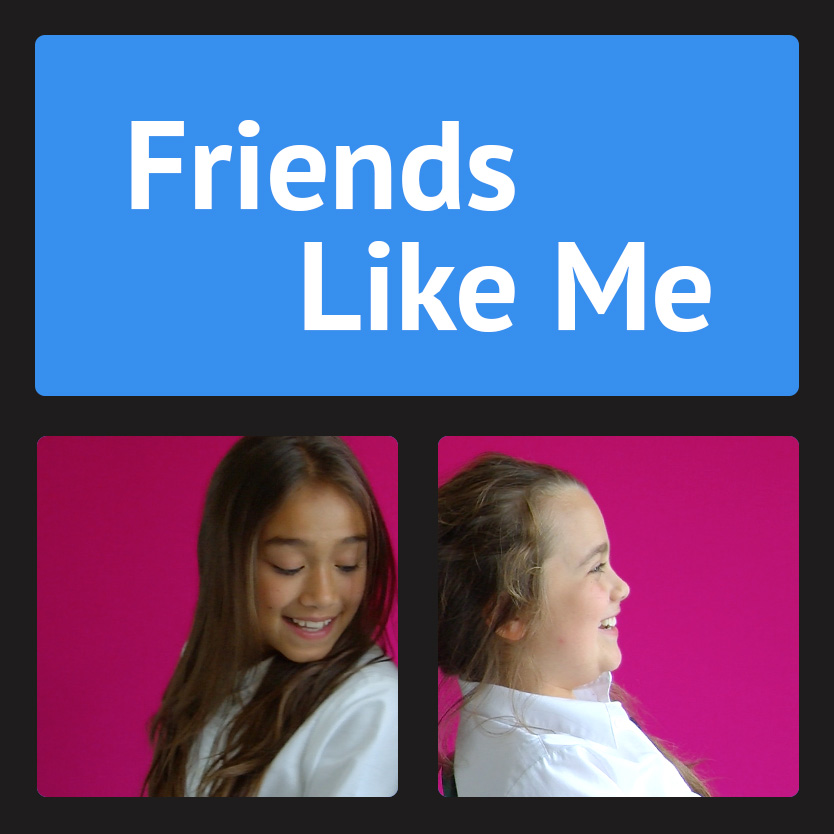Are we willing to meet “the other” in our children’s media?
I n the early years of teaching media camps, I would sometimes ask students if they would like to share their favourite Youtubers with the class. We would watch clips selected by the students (with my input to ensure the media was safe for the group to watch) and then just talk. I asked questions and the children would explain who the Youtubers were and generally orientate me. Students enthusiastically participated. I was, in fact, a little surprised at how much time and energy the children gave to these classes. I tried it at home with my own children (then 12 and 9 years of age). Same reaction. In the following ten years working with students in my media camps, I’ve never had a student not want to share some aspect of their Youtube/online life. Same goes for my children. This taught me that: Many children want and need to share their media with adults.
By sharing media, they are, in fact, revealing something about themselves. But sharing a favourite Youtuber, video, gif or gaming environment with an adult might sometimes feel like risky business. It can open that child up to comments, criticisms, ridicule, rejection, perhaps even punishment. It makes me wonder how many quietly loaded moments have passed by with my own children without me even noticing. No, I still don’t always manage to keep my mouth shut.
What if we don’t like what we see? What if we feel threatened, angry, ashamed, confused, or embarrassed by the media coming from our child’s social media feeds? What if it confronts our values or ideas of social decency? What if it looks and sounds dangerous? What if the tone of the media totally contradicts the image we have of that child’s personality? Do we want the media to reflect who we think our child is? How polite or smart should it be? Do we understand what we are seeing?
And this has got me thinking: if we, as parents and educators, can’t tolerate the media our children and students are consuming – especially when it confronts us – how on earth are we going to interact with and guide our younger generation? I remember watching a video from my son’s feed featuring the Youtuber KSI as he accosted girls in the street asking them obscene questions about their sex lives. I didn’t like it. As KSI laughed about the long line of women he had bedded and then rejected, I didn’t like it. But something in that media was speaking to my 14 year-old son – even if it was just a chance to exercise cynical voyeurism, a kind of “laugh out loud” at this guy’s crazy antics. This made me realize that not only did I need to stick with the media long enough to understand the broader context of its design (repeated, short, prank cycles to get views and reinforce a persona, all incentivised by Youtube’s business model and testosterone culture) but also to understand how my son was seeing the media: what did he think of the way the media was put together, the attitudes towards women, KSI’s persona and the line between pranking and invasion of privacy? And then the hard part: to let my son continue watching it. Because I had no power to close the door and disinvite KSI into my home. He was sitting in my son’s pocket on his Youtube feed.
This could have caused considerable conflict between us (ranging from me lunging for his phone to just walking away with the idea that my son was clueless) had it not been for our conversation which helped me understand that my son was, indeed, quite capable of reflecting on what he was watching and able to see many of the issues I had pointed out – whether he disagreed with me or not. In fact, throughout that conversation and subsequent ones, I learned that my son watched a lot of media that dealt with social justice issues: a fact I wouldn’t have known if we hadn’t talked about the very things I felt uncomfortable with in KSI’s content (at least the content I had been exposed to). The conversation gave me access to a side of my son I had no idea existed, helped me understand my son and his Youtuber in a broader context and gave me new ways to share media with him.
I filmed JP when she was sixteen (see video above). Her words often ring in my ears when young people share their media with me: “Embrace your child’s media.”
Thank you JP. Oh, yes, and thank you KSI.
